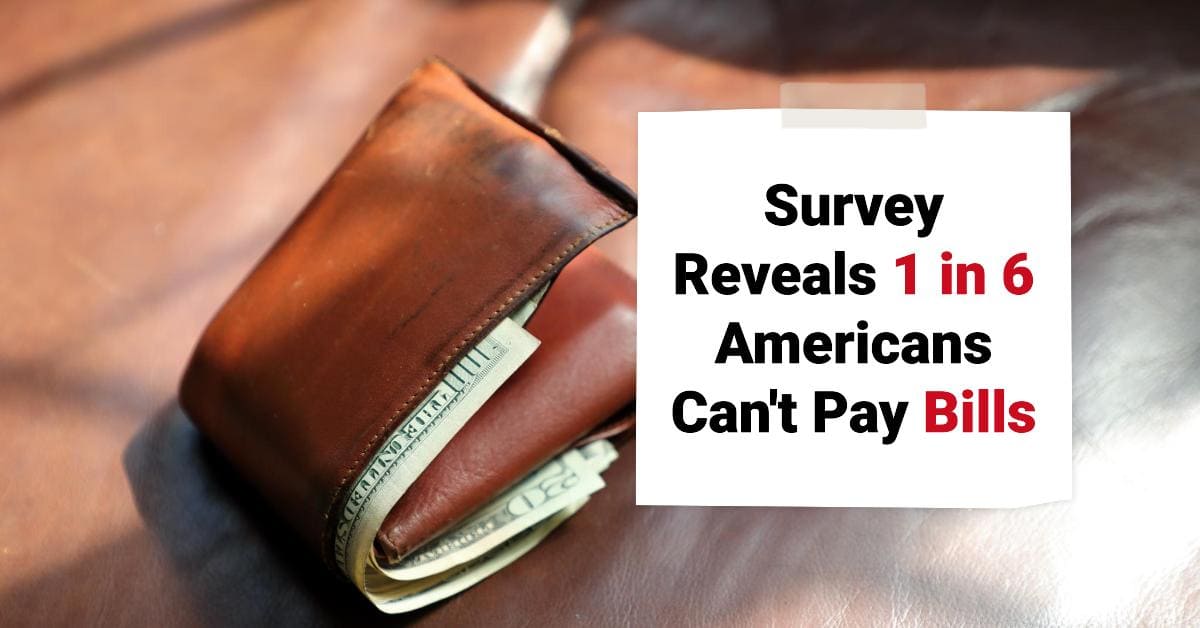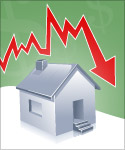This article explores the growing financial crisis in the US, including the impact of rising costs and stagnant wages. Inflation has been a persistent issue affecting economies worldwide, and the United States is no exception. A recent Federal Reserve study highlighted that nearly two-thirds of Americans feel that high inflation has worsened their financial situation, particularly among families with lower incomes.
Growing Financial Crisis in the U.S.
The Impact of Inflation on American Households
This sentiment reflects the challenges many face as the cost of living rises, outpacing income growth for some. Despite a moderating pace of inflation, with rates slowing to 3.4% at the end of 2023 from a high of 6.5% at the year's start, prices remain significantly above pre-pandemic levels. The impact is felt unevenly, with higher-income households faring better, likely aided by a rising stock market, while lower-income families experience a more pronounced strain on their finances.
Financial Stability and Declining Well-Being
The Federal Reserve's report reveals that while a majority of Americans report they are doing okay or living comfortably, there is a notable decline from the peak of 78% in 2021 to 72% in the current year. This suggests that while the overall economic recovery may be underway, the path is not smooth for all, with some households still grappling with the financial aftermath of the pandemic.
Struggles with Monthly Bills
One of the more concerning findings is that 17% of adults could not pay all of their bills from the previous month in full due to insufficient funds, leading to skipped meals or foregone medical care. Additionally, only a third of adults received a raise in 2023, challenging the notion that wages are keeping up with inflation.
Child Care Expenses
Child care emerges as a significant expense, with parents reporting that it accounts for 50% to 70% of what they spend on housing monthly, averaging between $800 to $1,100. This has placed an additional burden on families with children, who are among the few groups to report a notable decline in well-being from 2022 to 2023.
Perception vs. Economic Indicators
There is a disconnect between the public's perception and economists' indicators of recovery. While traditional metrics suggest a post-pandemic rebound, many Americans feel the economy is in worse shape, driven by the actual price levels of goods and services rather than the rate of inflation. This highlights the importance of considering both the rate of change in prices and the absolute cost when evaluating economic well-being.
Rising Prices: A Top Concern
Americans overwhelmingly say they're “doing at least OK financially,” but most remain worried about rising prices, and 1 in 6 says they have bills they can't pay, according to the Federal Reserve.
Each year, the Fed surveys thousands of people about their household finances, including income, savings, and expenses. This year's snapshot shows family budgets generally held steady over the last year, but they're not as solid as they were two years ago, when pandemic relief payments helped pad people's bank accounts and inflation was just beginning to take hold.
Income vs. Expenses
About a third of those surveyed said their monthly income had increased during the year, while a slightly higher percentage — 38% — said their monthly expenses had grown.
Inflation's Widespread Impact
Although inflation is lower now than it was a year ago and less than half what it was in 2022, two-thirds of Americans say rising prices have made their financial situation worse, including 19% who say they're much worse off. About 1 in 3 people said inflation had little effect on their family finances.
Financial Preparedness and Hardships
Unsurprisingly, lower-income households reported more financial hardships, such as an inability to pay their bills every month or skipping meals or medical care. Overall, 48% of those polled said they had money left over after paying expenses, while 17% said they had unpaid bills in the previous month.
Faced with an unexpected $400 expense, 63% of survey respondents said they could cover it with savings. That's unchanged from 2022 but down slightly from 2021. About 1 in 8 people said they would be unable to handle such an expense by any means.
Home Insurance Costs
This year's report included a new question about home insurance, which has seen double-digit price increases in the last year. While the vast majority of homeowners have insurance, some of the most vulnerable people do not, including more than 20% of low-income families in the South.
“This perspective continues to help the Federal Reserve better understand how families are coping with the ongoing economic challenges they face,” Federal Reserve Board Gov. Michelle Bowman said in a statement.




